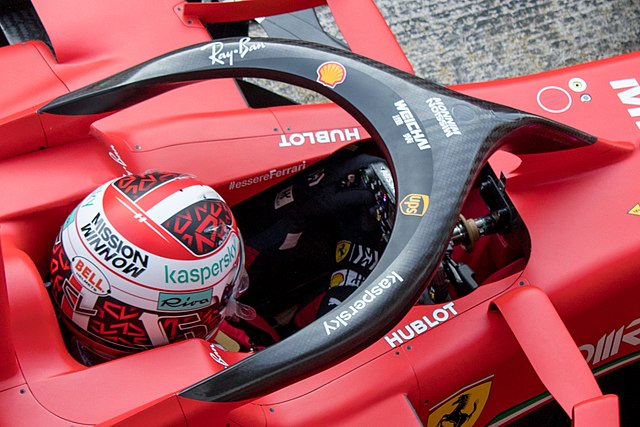Technology, teams, and tracks: An exploration of how F1 has changed in the last 50 years
According to coverage on Sky Sports, “Formula 1 has been the world’s most technically advanced sport since the championship’s inception” – something we can track through the evolution of racing.
The first ever Formula 1 race was held at Silverstone in 1950 and was won by Alfa Romeo’s Giuseppe ‘Nino’ Farina, but his car then was significantly different to today’s F1 car.
Older F1 cars used to have a front engine, whilst those today have rear engines. Moreover, the engine size itself has also decreased.
The steering wheel has evolved too. Historically, cars had a stereotypical steering wheel which was three-pronged and circular, whereas current steering wheels resemble video gaming remotes with their rectangular shape and multiple buttons, such as the one to activate the Drag Reduction System (DRS).
Moreover, the little screen on these modern steering wheels can show the drivers their lap times and relay information from the pits – showing just how far we’ve come from the first steering wheels.
Leclerc, Hamilton, and Grosjean could have lost their lives if it weren’t for the halo
DRS itself was only introduced in 2011 as a tool to help drivers overtake the car in front by opening the rear wing flap – the rear wing itself being introduced in 1968.
Importantly for driver safety, the halo was introduced in 2018 to provide drivers greater protection via a bar connected to the car which surrounds the driver’s head. Drivers such as Charles Leclerc, Lewis Hamilton, and Romain Grosjean could have lost their lives if it weren’t for the halo.
Historically, drivers wore a cloth cap, leather boots and gloves, and a pair of goggles. Nowadays, to make the sport safer, drivers wear fireproof overalls, and have sturdy, strong helmets alongside driving boots and gloves. The gloves are so advanced they have biometric technology which shows teams their drivers’ pulses and blood oxygen levels.
The age of the drivers has also decreased. The average age of drivers used to be around 39, whereas it is nearly 20 years younger today at just 20 years old.
Furthermore, teams have evolved and changed; some have left while new ones have appeared.
For example, Alfa Romeo – one of the most successful teams in the first few years of Formula 1 – have undergone significant change. After their initially successful years in the early 1950s, the team pulled out of the sport.
They then provided engines to other teams, including Brabham who had 14 podium finishes between 1977 and 1978.
Some tracks have also evolved and changed, adding or removing a corner here or there
An even longer hiatus followed. However, they returned to F1 in 2018 sponsoring the Sauber F1 team, before the Sauber F1 division was renamed as Alfa Romeo in 2019; they are set to be rebranded as Audi in 2026.
Current Constructors’ champions, Red Bull, have also undergone significant change. They began their life as Ford, who rebranded to Jaguar Racing. Jaguar then put the team up for sale in 2004, and the Red Bull company decided to buy it – they officially became Red Bull Racing in 2005, with Christian Horner as their Team Principal.
Some tracks have also evolved and changed, adding or removing a corner here or there. To give an example, Barcelona removed its final chicane earlier this year for a faster, more exciting finish and a shorter lap.
Overall, as we can see, Formula 1 has changed and evolved drastically since its inception, most notably through cars and engines, but also through its teams, drivers, and tracks. Hopefully, the excitement and innovation in the sport will only continue.

Comments